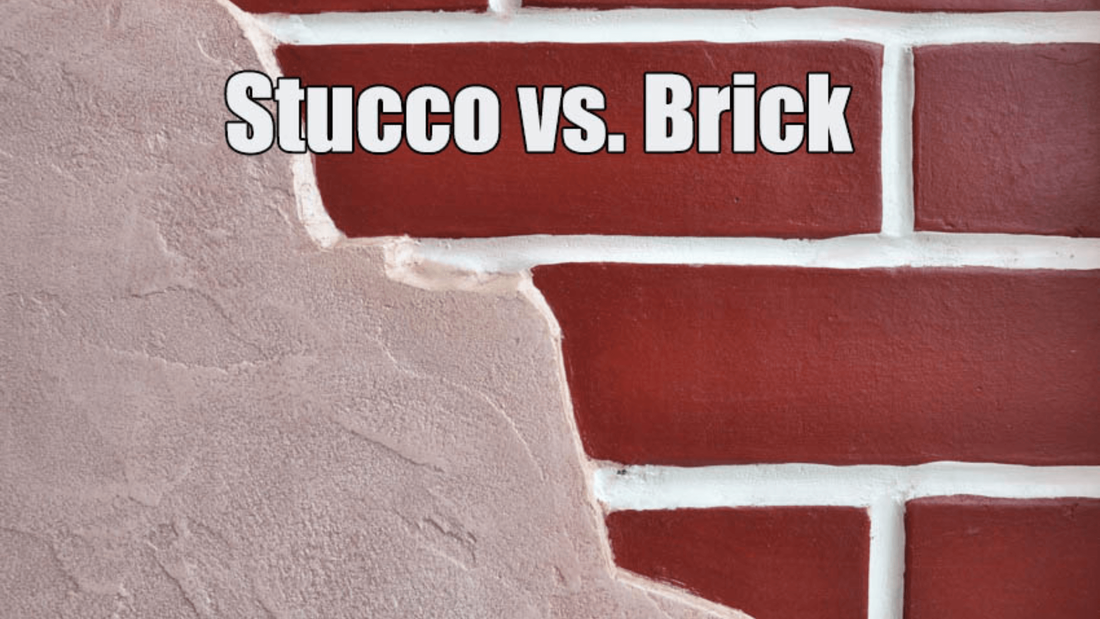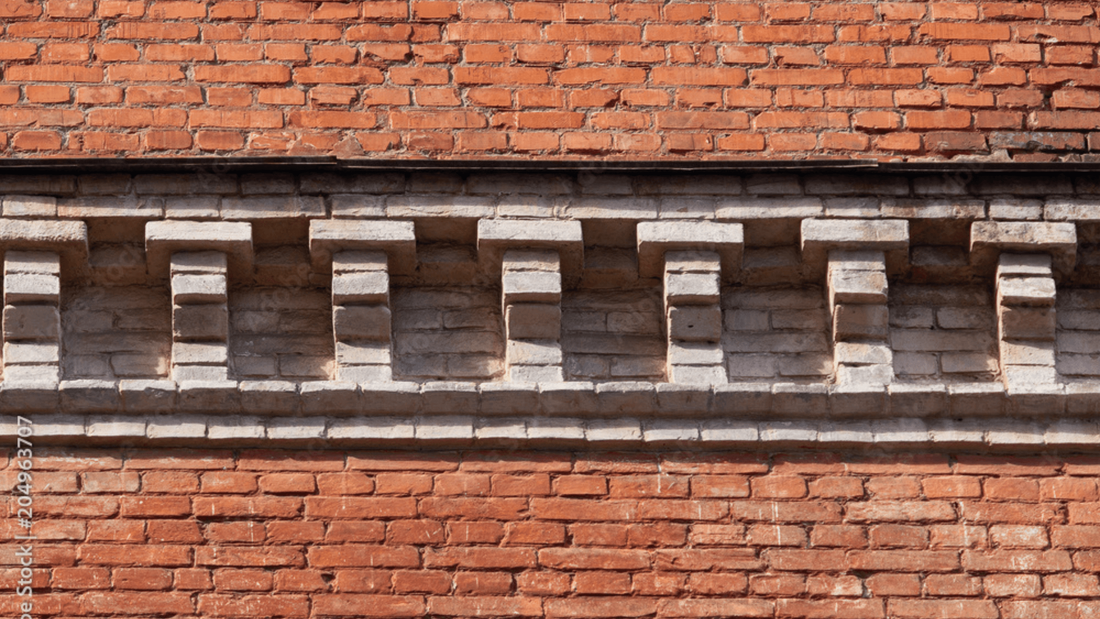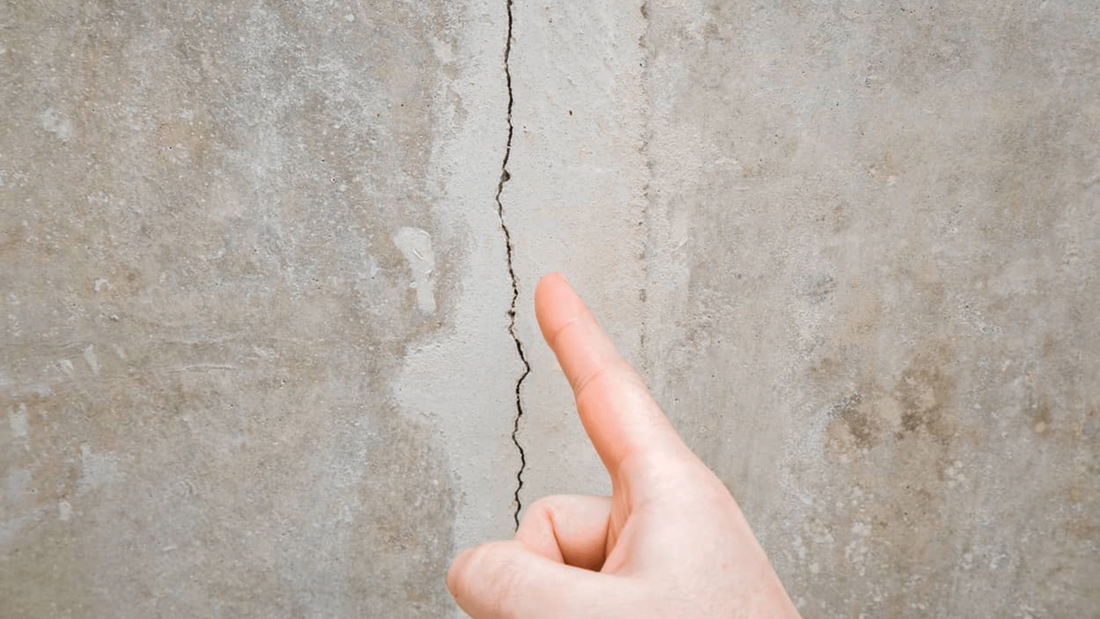|
Durability is an important feature when selecting the correct siding for your home. Stucco and brick are two common alternatives that are both strong and long-lasting. But which material is more powerful? Let's compare stucco and brick's features, benefits, and drawbacks. 1. Design and AppearanceStucco: Customizable and VersatileYou can create anything you want using stucco. You may paint it any color you want, and you can even shape it and give it a texture to make beautiful patterns and designs. As a result, you can give your house a unique style and modify it whenever you choose. Brick: Classic StyleBrick's timeless appeal offers your house a sophisticated and reliable feel. The nicest aspect is that it never needs painting, and its value endures. It is renowned for its enduring beauty despite having fewer color options than stucco (often red tones). 2. CostsStucco: Affordability with Some Trade-offsWhen it comes to pricing, stucco is less expensive than brick. Stucco materials typically cost $1000 to $2000 per 1000-square-foot wall, not including labor costs. Although stucco installation takes an average of 3-5 days and requires additional costs for painting, the overall cost is lower than that of brick. Brick: Higher Costs for Long-Term ValueBrick, while more expensive initially, provides long-term value and durability. It costs between $8 and $10 per square foot, including the cost of mortar installation. Because each brick must be set individually, brick installation takes longer. Despite its higher initial cost, well-built brick siding can survive for generations, making it an excellent investment. 3. MaintenanceStucco: Cracks and RepaintingBoth stucco and brick necessitate some level of upkeep. Cracks in stucco can form over time, especially in seismic zones or locations where shifting occurs. Repainting is also required every ten years to maintain the appearance as the paint fades over time. However, as compared to other siding materials, stucco is often low-maintenance. Brick: Regular Cleaning and LongevityBecause brick is more prone to moisture absorption, it requires regular cleaning to avoid the formation of mildew and moss. However, brick outperforms other materials in terms of durability. Properly built and maintained brick siding can last millennia, withstanding adverse weather conditions and retaining structural integrity. 4. Safety and ProtectionStucco: Good Insulation, Susceptible to Fire Click To Add TextStucco is a good insulator for dwellings, allowing heat to be retained in colder times. However, it is more prone to fire outbreaks than brick. Because of the composition of stucco, it is less heat resistant and potentially vulnerable in such scenarios. Brick: Excellent Insulation and Fire Resistance Click To Add TextBrick provides great insulation, keeping homes cool in warmer weather and warm in colder regions. It is also more fire resistant, as it can confine and prevent fire outbreaks. Because brick can endure high temperatures, it is a better choice for fire prevention. Final ThoughtsVarious considerations must be considered in the stucco versus brick strength discussion. Both materials are durable and strong, but there are certain trade-offs. Stucco has a predicted lifespan of approximately 50 years, although brick can endure considerably longer, even for millennia. The final decision between stucco and brick is determined by considerations like budget, aesthetic preferences, climate, and desired level of maintenance.
You can choose the siding option that best satisfies your requirements while boosting the beauty and longevity of your home by carefully balancing these factors.
0 Comments
Leave a Reply. |
AuthorStucco Portland Oregon ArchivesCategories |
Serving Portland Metro & Surrounding Areas |
STUCCO PORTLAND OREGON
1325 SE 174th Pl Portland, OR 97233 BUSINESS HOURS
|




